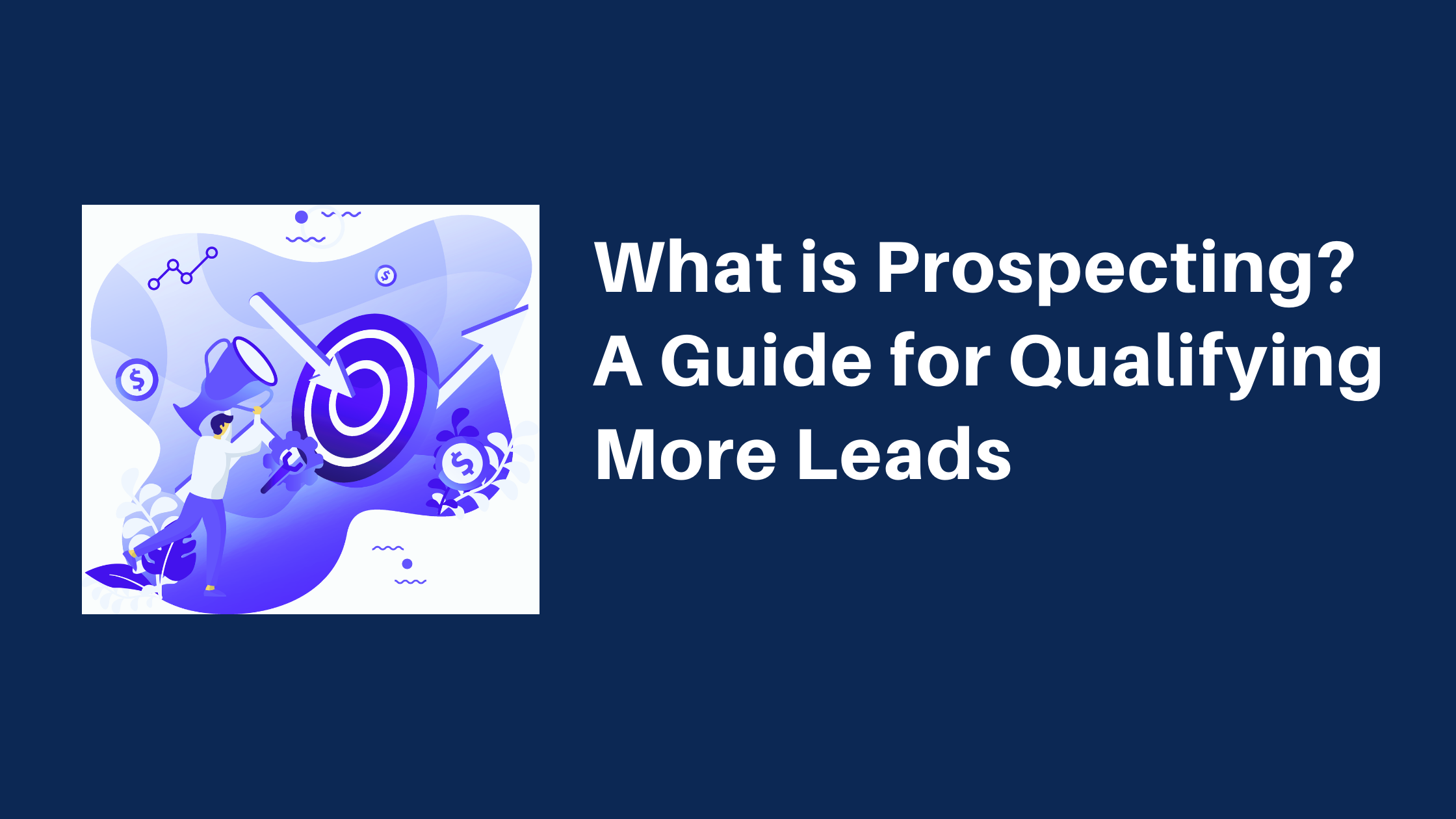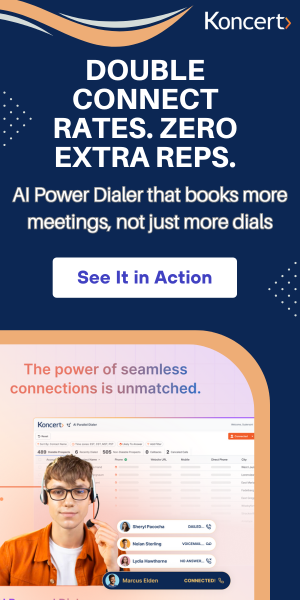4 min read
What is Prospecting? A Guide for Qualifying More Leads
By: Koncert Marketing on Jun 12, 2018 8:19:00 AM

As sales reps and sales teams, you understand the importance of sales prospecting and the need for cold calling. You know that at the beginning of the sales cycle, you must make lots of phone calls to people you don’t know. Whether you are selling a product or service, you must reach out to potential customers and engage them in a sales process that eventually results in a sale.
What is sales prospecting?
It’s the process of turning a lead into a prospect and converting the prospect into a customer. The goal of prospecting is to create interest and convert that interest into a sales meeting.
One of the most important responsibilities sales reps and other members of sales teams have is to convert potential customers (prospects) into customers. One of the first challenges sales reps face is deciding who exactly to approach. A good sales and marketing plan always includes a definition or a “target buyer.” The sales and marketing plan should define exactly what an “ideal customer” looks like, and the sales process should include a step-by-step guide for finding prospects who fit the persona of a “target buyer.”
What's the Difference Between Leads and Prospects?
Although often used interchangeably, there is a big difference between a lead and a prospect. The best way to answer the question “what is sales prospecting” is to say it is the "process of converting leads into prospects and then ultimately converting prospects into customers."
Leads are potential customers who have expressed interest in your product or service through behaviors like visiting your website, subscribing to a blog, or downloading an eBook. They are not yet engaged in a sales cycle and there has been little or no two-way communication between the target buyer and a sales rep. Leads may also be the result of a phone call or cold calling effort by telemarketing reps charged with finding new leads.
Leads become prospects when they are qualified as potential customers, meaning that they align with the persona of our target buyer. A prospect may also be classified as a potential customer who is actively engaged in two-way communication with a sales rep.
Guide to Prospecting
So, to take the concept of defining what is prospecting a step further, let’s look at the step-by-step process for converting leads into prospects.
- Research - This is the most important aspect of prospecting. You must ensure that you are qualifying prospects in order to improve the chances of providing value to them or their business. One of the best ways to do this is by creating buyer personas.
- Prioritize - Prioritizing your prospects can save time and ensure you are dedicating your strongest efforts to prospects who are most likely to become customers. Utilize tools like the Koncert AI predictive data intelligence to help prioritize your leads.
- Gather information about both your target company (B2B) and/or the individual within the company (B2C) with whom you want to make contact. Have a reason to connect with the person on both a personal and a professional level. What do you have in common?
- Plan Your Touches – It takes more attempts than most people think to get through to top prospects. It can often take seven, eight, nine, or more touches to get through to your target prospect. Thankfully, there are auto-dialers and data enrichment tools that can help. Most sales reps try a variety of touches to reach out and warm up their prospects. To learn more about these outreach techniques, visit Sales Outreach Best Practices: Outreaching the Right Way.
- Report – A good sales rep keeps notes throughout the sales process to assess what activities generated value for the prospecting process and which wasted time. This self-reflection during the sales cycle will help improve your cold calling techniques in the future.
Conclusion
So, again to answer the question, what is prospecting, we offer the following:
The primary goal of prospecting is to qualify a lead and turn that lead into a prospect who has a legitimate need for your company’s products or services. Koncert has software available to make the process more efficient. Click here to learn more about how Koncert can help you with your sales prospecting.
Related Posts
9 min read
Beyond "Send Me an Email": 5 Ways the AI Roleplay Platform Mastered Our Toughest Objection
Oct 7, 2025 by Koncert Marketing
9 min read
What is Waterfall Data Enrichment? A Simple Guide for Sales Teams
Sep 29, 2025 by Koncert Marketing



